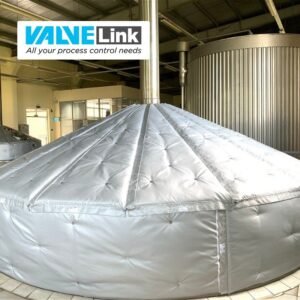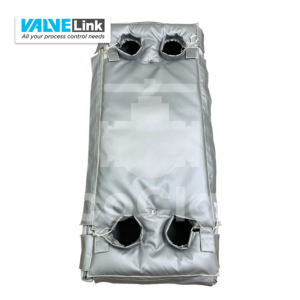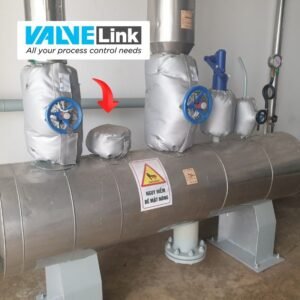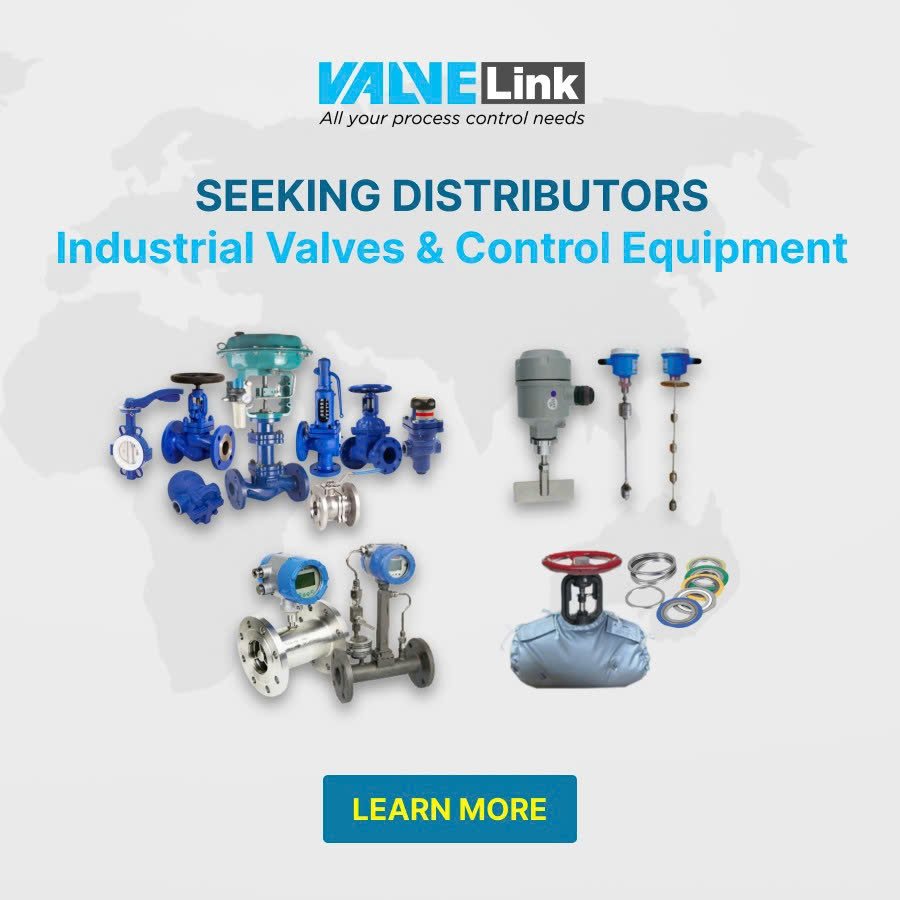Pressure reducing valves (PRVs) play a critical role in system integrity, tasked with regulating high, unstable inlet pressure down to a low, stable outlet pressure. However, for the valve to operate accurately and maintain long-term performance, the valve itself must be protected from environmental factors like heat loss and temperature fluctuations, which can affect its stability and lifespan.
Challenges in Insulating Pressure Reducing Valves
Insulating a PRV is not just about preventing heat loss; it’s also about protecting the complex and sensitive operating mechanism within.
- Protecting the Sensitive Control Mechanism: Most PRVs operate based on a balance of forces from a spring, diaphragm, or piston. Extreme ambient heat or cold can affect these components, causing “pressure drift,” which makes the outlet pressure unstable and inaccurate.
- Unique, Non-Uniform Shape: A PRV has a very distinct structure with a valve body, a large control spring assembly on top, and an adjustment screw. This shape makes installation with rigid insulation very difficult, often requiring the control assembly to be left exposed.
- Requires Access for Adjustment and Maintenance: The pressure adjustment screw must be easily accessible for fine-tuning to meet system requirements. Furthermore, inspecting or maintaining the diaphragm or internal parts requires removing the valve cap. Fixed insulation turns these tasks into a nightmare.
- Concentrated Point of Heat Loss: The body of the PRV, where hot fluid passes through, is a large metal surface and a hot spot causing continuous energy loss.
The Optimal Solution: Custom-Fitted Insulation Jackets for Pressure Reducing Valves
The custom-fitted insulation jacket solution is intelligently designed to solve both problems simultaneously: saving energy while protecting the valve’s operating mechanism.
- Insulating the Valve Body, Shielding the Controller: The jacket is shaped to envelop the hot valve body and includes a separate “cap” for the control spring assembly. This design prevents heat loss from the body, shields the control assembly from external environmental effects, and also prevents radiant heat from the body from damaging the diaphragm.
- Ensuring Stable and Accurate Operation: By creating a stable thermal environment around the valve, the insulation jacket helps the spring and diaphragm mechanisms operate at peak performance, thereby maintaining a stable and reliable outlet pressure, which contributes to improving the quality of the entire process.
- Easy Adjustment, Unhindered Maintenance: The cap for the control assembly can be detached in seconds for an operator to access the adjustment screw. The entire jacket can also be quickly removed and reinstalled when deep internal maintenance is required.
- Energy Savings, Reduced Operating Costs: Effectively insulating the valve body helps cut down on wasted heat, a significant fuel cost saving when calculated across all PRVs in the plant.
- Enhancing Safety and Equipment Lifespan: The insulation jacket lowers the valve’s surface temperature to a safe level, protecting workers. At the same time, protecting the mechanical parts from harsh environmental conditions helps extend the lifespan of the PRV.
Protecting your pressure reducing valves with specialized insulation jackets is not just about saving energy; it’s about ensuring the stability of the entire system that operates downstream.
Is the outlet pressure from the PRVs in your system stable? Consider protecting them from environmental factors to optimize their performance.





